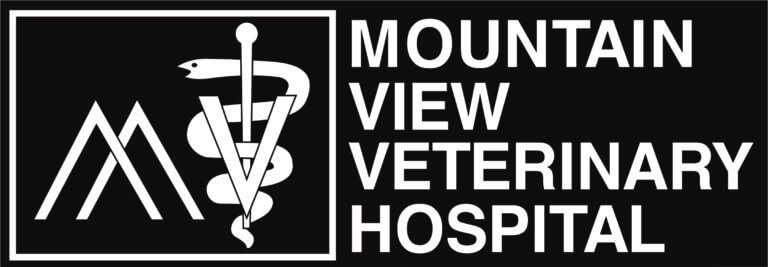So, you’re at the vet, your furry friend is due for their annual checkup, and the topic of dental health comes up. The vet recommends a cleaning, and then you see the estimate… Your eyes widen. “$500… $700… even upwards of $1,000?!” It’s a common reaction. Many pet owners are genuinely surprised by the cost of dental cleanings. It’s understandable to wonder, “Why so much?” This post will break down what goes into the cost of a professional dental cleaning for your pet, helping you understand the value behind the price tag and why it’s such a crucial investment in your pet’s long-term health.
Just like humans, pets need regular dental checkups. While we often worry about cavities, they’re not the main concern for animals. The biggest threat to their oral health is periodontal disease, also known as gum disease.
This disease starts with plaque, a sticky film of bacteria that constantly forms on teeth. If plaque isn’t removed, it hardens into tartar, irritating the gums and causing inflammation (gingivitis). Untreated gingivitis can progress to periodontitis, a more serious condition where tartar damages the bone and tissues supporting the teeth. This can be incredibly painful, leading to tooth loss and abscesses (infections within the tooth).
Beyond bad breath and discomfort, periodontal disease can have serious consequences for your pet’s overall health. Bacteria from plaque can enter the bloodstream and travel to vital organs like the heart, liver, and kidneys, potentially causing infections and even organ failure.
So, how can you protect your pet’s teeth? Home care is key! Daily tooth brushing helps remove plaque before it hardens into tartar. Regular wellness exams with your veterinarian are also essential. During these exams, your vet will assess your pet’s teeth and recommend a professional cleaning if needed. By the time your pet is three years old, they’ve likely developed some degree of periodontal disease, which is why full-mouth X-rays are recommended during cleanings to evaluate the extent of the problem beneath the gum line.
Professional dental cleanings are performed under general anesthesia. This allows for thorough and safe cleaning with minimal stress for your pet. Because animals don’t understand the procedure and can become anxious or defensive when their mouths are examined, general anesthesia is necessary to ensure their comfort and our ability to provide proper care. While some non-anesthetic dental options exist, it’s important to understand their limitations. These procedures do not address issues below the gum line, where much of the damaging periodontal disease occurs. Additionally, they do not allow for essential diagnostic tools like dental X-rays, which are crucial for assessing the full extent of dental problems. Furthermore, the use of sharp dental tools without anesthesia can cause pain and potentially exacerbate existing dental disease. For these reasons, non-anesthetic dental cleanings are not considered the standard of care by most veterinary professionals and are generally not recommended. We believe that prioritizing your pet’s comfort and comprehensive health requires a thorough examination and cleaning under anesthesia.Anesthesia is a significant part of the cost of pet dental cleanings. The medications used are expensive, and the price varies depending on the length of the procedure and the size of your pet (larger pets require higher doses). While dental cleanings may seem costly, they can actually save you money in the long run. Delaying dental care can lead to more serious problems like tooth extractions, which are expensive and require even longer periods under anesthesia.
Beyond anesthesia, several other crucial elements contribute to the overall cost of a dental cleaning, ensuring your pet receives comprehensive care:
- Pre-anesthetic blood work: To ensure your pet is healthy enough for anesthesia.
- Anesthesia monitoring: Constant monitoring of vital signs throughout the procedure.
- Scaling and polishing: Removal of tartar and plaque, followed by polishing to smooth the tooth surface and prevent future buildup.
- Dental X-rays: Essential for evaluating the health of the tooth roots and bone beneath the gum line.
- Pain management (if needed): To keep your pet comfortable after the procedure.
We understand the financial commitment involved, and we want to help you find solutions that fit your budget. We offer options like CareCredit, which allows you to pay for your pet’s care over time. Qualified applicants can even enjoy interest-free payments for the first six months. Learn more about CareCredit and other payment options on our website: https://mountainviewvet.com/payment-options/
When your veterinarian recommends a dental cleaning, they’re prioritizing your pet’s comfort and health. Remember, pets often hide their pain, so by the time you notice a problem, it may have been present for quite a while. Early intervention is always best. If you suspect your pet is having oral health problems, please schedule an appointment now.
Let us help you keep your pet their smiling best!
Learn more about our dental services here: https://mountainviewvet.com/service/dental-care/
For more information on pet dental care, check out these resources from the American Veterinary Medical Association: https://www.avma.org/resources-tools/pet-owners/petcare/pet-dental-care
We hope this information has answered your questions about pet dental health. If you have any further questions, please don’t hesitate to contact us through our website.

